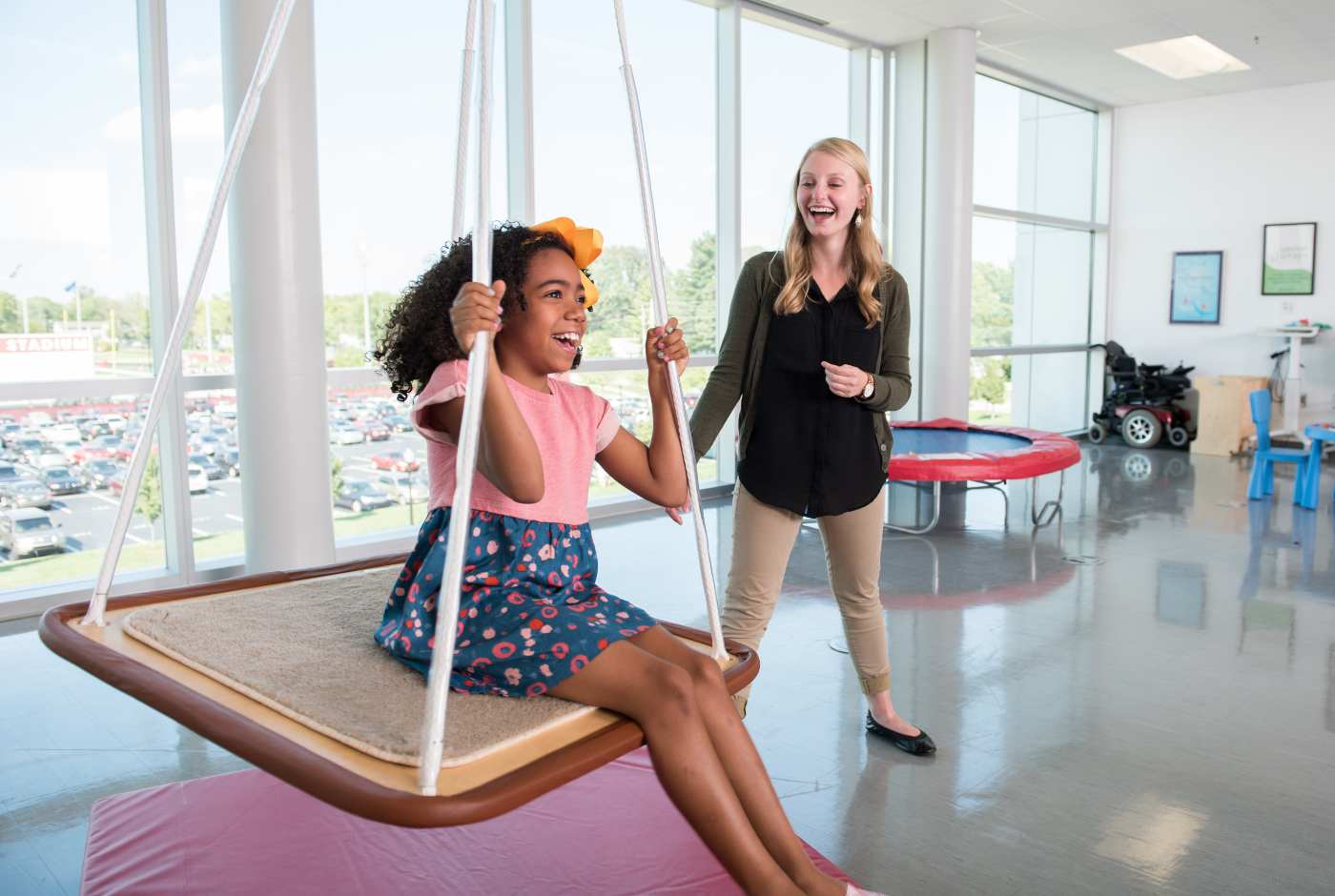An OTR/COTA:
Passed a national certification exam.
Keeps their skills current and up-to-date.
Follows practice standards & code of conduct.
Provides safe & effective care.

Everyone deserves just, equitable, and inclusive care that is both safe and effective. It is our mission to uphold this standard in occupational therapy practice.
OTRs and COTAs work hard to achieve and maintain certification. It’s a mark of pride that holds them to the highest standards.
 Passed a national certification exam.
Passed a national certification exam. Keeps their skills current and up-to-date.
Keeps their skills current and up-to-date. Follows practice standards & code of conduct.
Follows practice standards & code of conduct. Provides safe & effective care.
Provides safe & effective care.Our award-winning online platform is available for free to all OTRs and COTAs. It provides opportunities to stay current and develop OT knowledge and skills.

A comprehensive collection of tools that test domain-level knowledge and exam preparedness.

